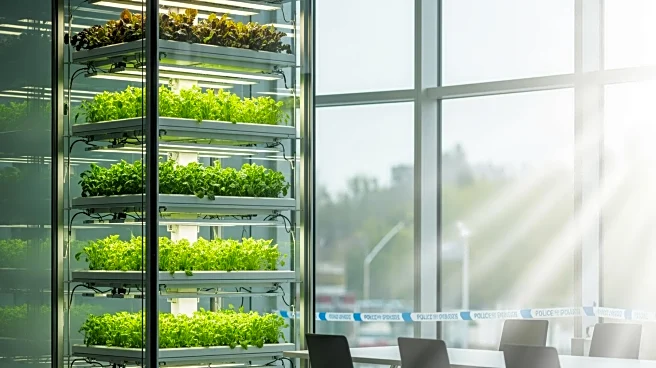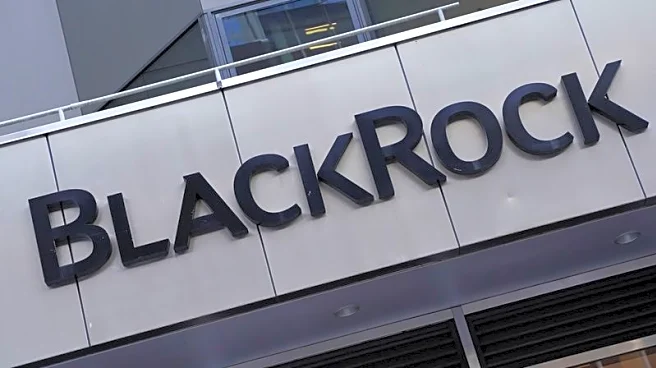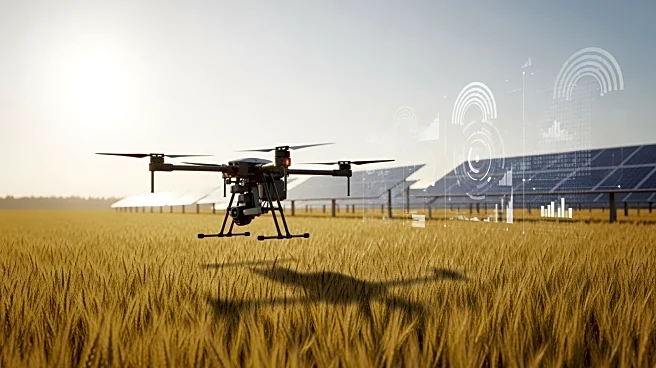What's Happening?
The European vertical farming market is poised for substantial growth between 2025 and 2035, driven by urbanization, demand for sustainable food production, and advancements in controlled-environment agriculture.
The market is expected to expand at a compound annual growth rate (CAGR) of 20-22%, with projected revenue reaching USD 7.4 billion by 2033. This growth is supported by the need for localized food production, resource efficiency, and technological innovations such as AI and IoT. Vertical farming offers significant resource savings, reducing water use, land footprint, and pesticide dependency, making it an attractive option in Europe where land is scarce and regulatory costs are high.
Why It's Important?
The expansion of vertical farming in Europe is crucial for addressing food security challenges posed by rapid urbanization. By enabling year-round, localized production of high-demand crops, vertical farming reduces reliance on distant farmland and mitigates risks associated with transport and climate disruption. The technology-driven approach also aligns with European policy frameworks favoring low-carbon and resource-efficient food production. As financial backing accelerates, vertical farming presents a scalable solution that aligns with ESG principles, attracting corporate buyers and investors interested in sustainable agriculture.
What's Next?
The vertical farming industry is expected to see increased investment in technology and automation, with AI-driven systems and modular farms becoming more prevalent. Partnerships with grocery chains and restaurants could secure long-term demand contracts, enabling premium pricing for local produce. Regulatory support and sustainability initiatives will continue to drive the market, with potential expansion into new crop types offering additional revenue opportunities. As the industry grows, addressing challenges such as high initial investments and energy costs will be crucial for maintaining profitability.
Beyond the Headlines
Vertical farming's growth could lead to significant shifts in urban planning and real estate, as modular and container-based farms are integrated into underused spaces. The focus on sustainable infrastructure, including renewable energy and water recycling, may enhance the industry's ESG positioning, appealing to consumers and institutional investors. The development of predictive growth models and real-time monitoring tools will further optimize cost and efficiency, making vertical farming a more commercially viable option.












